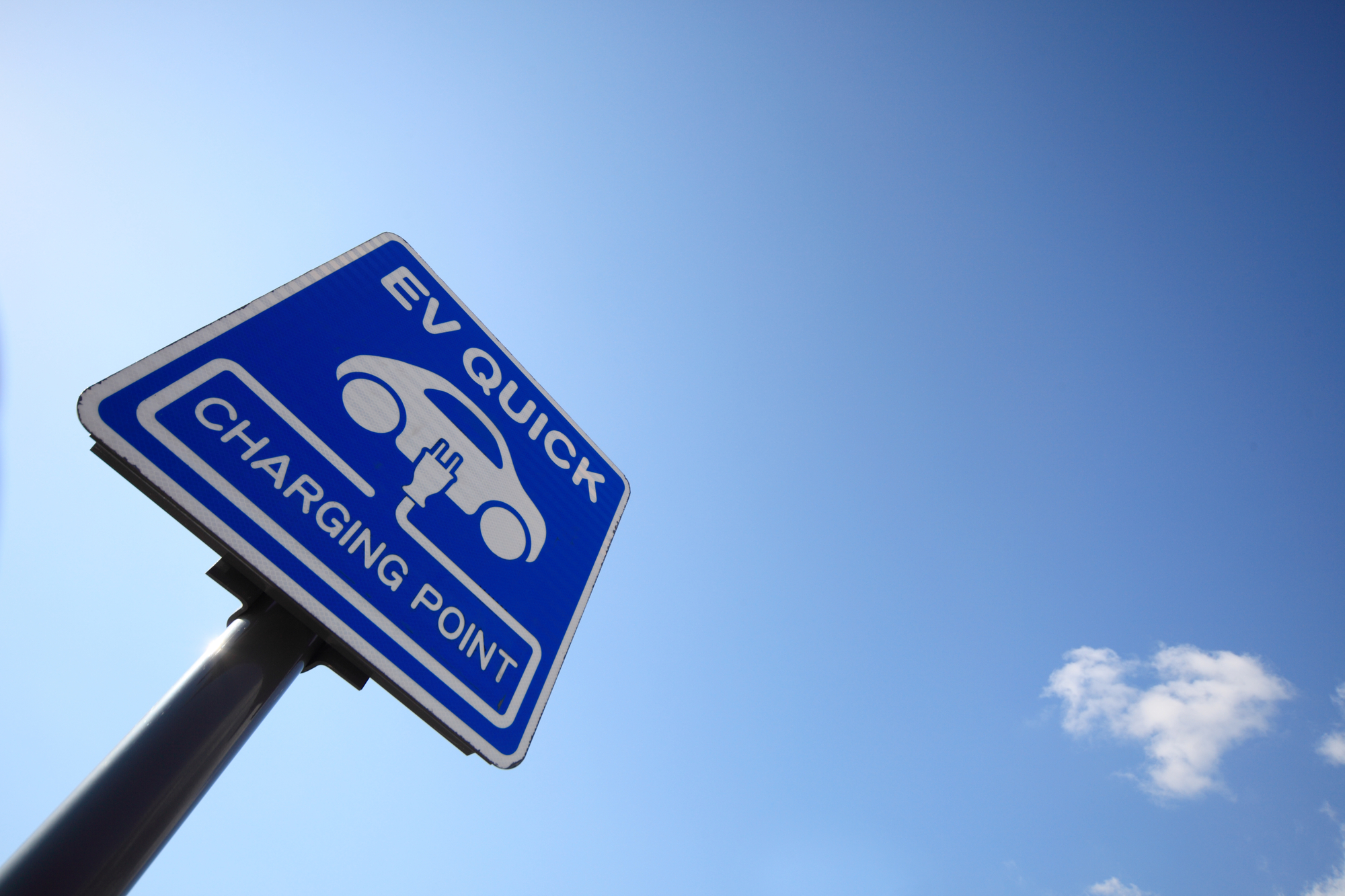MossRoad
Super Moderator
- Joined
- Aug 31, 2001
- Messages
- 60,300
- Location
- South Bend, Indiana (near)
- Tractor
- Power Trac PT425 2001 Model Year
According to that chart, gasoline deliveries dropped by nearly 50%.
According to that chart, gasoline deliveries dropped by nearly 50%.
According to that chart, gasoline deliveries dropped by nearly 50%.
I don't see that. While the delivery fluctuates I see that gasoline deliveries has been lower. What I find interesting is the volume of diesel vs gasoline.Demand remained the same...which is what the chart is relaying.
I'm wondering if we will see entrepreneurs step up to install charging stations (especially in lower population areas). Maybe an Uber type model which shows the closest private charging station. They could charge a non-refundable reservation fee, so there would be no waiting when you got there. It would be much like owning a car wash - pretty much a self serve money collector. I could see individuals doing this, but also businesses like U-Haul, Target, Auto Zone, etc. It could also be a franchised business model.
If you build it, they will come.

 propertymanagerinsider.com
propertymanagerinsider.com
Demand didn't remain the same for gasoline. It dropped about 50%. Diesel stayed about the same.Demand remained the same...which is what the chart is relaying.
In fact most grid tied setups do not take the energy from the solar and directly pump it into the home (or EV, etc). They pump the energy into the grid, and you are pulling from the grid To charge.